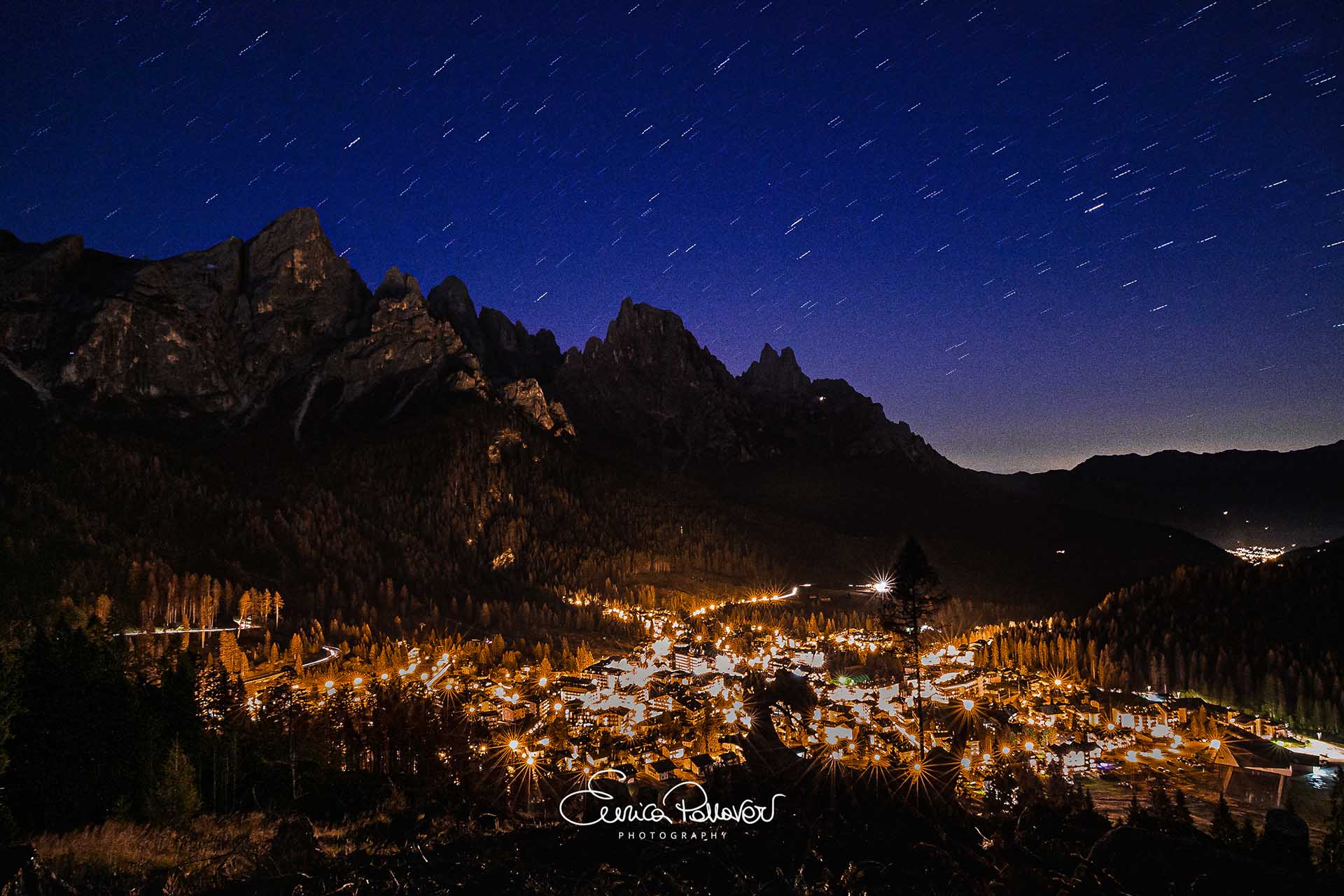

SAN MARTINO DI CASTROZZA, one of the most important sites in Trentino.
THE DOLOMITES, UNESCO heritage.
THE LANCIA STRATOS, a true piece of art.
Location
Home of engines
L’Officina Italiana
Hotel Savoia
Would you like more information?
Lancia Stratos World Symposium
Lancia Stratos: un simbolo più che un’auto
SEPTEMBER 2019
San Martino di Castrozza is the original home of the homonymous San Martino Rally, a genuine treasure preserved among the world’s most beautiful mountains.







